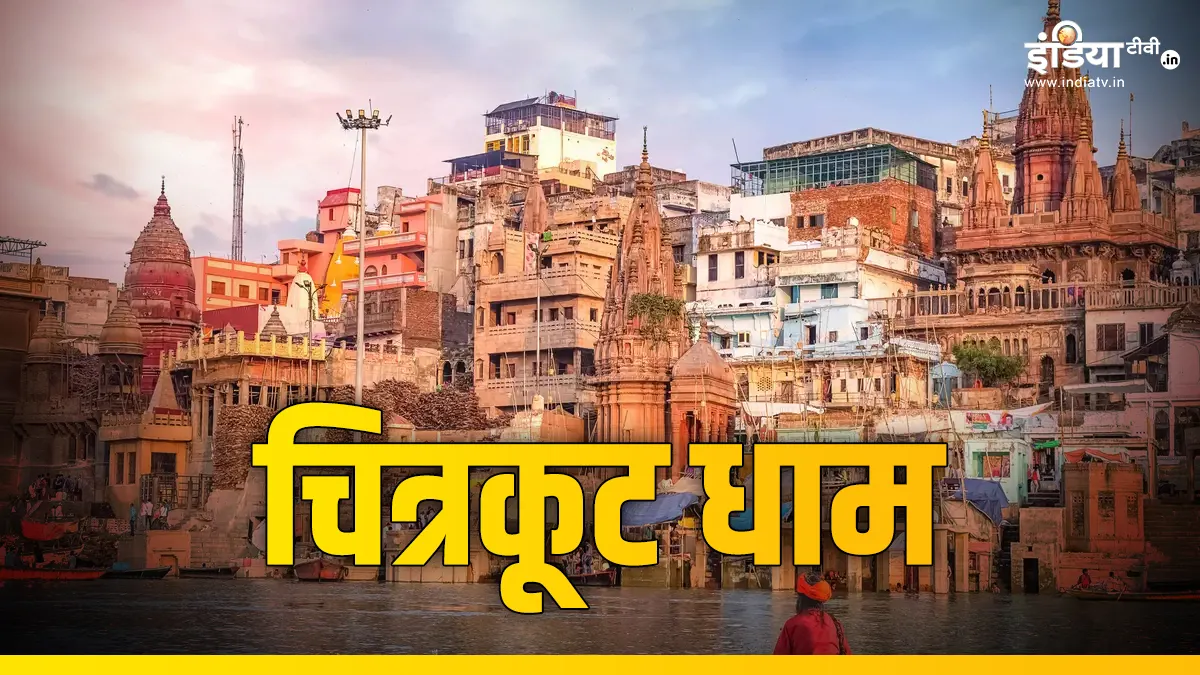The Divine Land of Chitrakoot
Chitrakoot, located on the border of Uttar Pradesh and Madhya Pradesh, is a sacred town deeply rooted in Hindu mythology. The name 'Chitrakoot' means the 'Hill of many wonders'. According to Hindu epic Ramayana, Lord Ram, his wife Sita and his brother Lakshman spent 11 years and 6 months of their 14 years of exile here.
Situated along the Mandakini River, Chitrakoot is surrounded by hills and forests. The picturesque landscape has inspired many saints and poets throughout the ages. It is believed that the great sage Atri and his wife Anasuya lived here. Even the epic Mahabharata refers to the virtues of Chitrakoot and its surroundings.

Historical Significance
Chitrakoot's history dates back to ancient times. It has been mentioned in several Hindu scriptures including the Ramayana, Mahabharata, and Puranas. The town has been a center of culture, learning, and spirituality for centuries. Many great saints like Goswami Tulsidas, who wrote the epic Ram Charit Manas, spent considerable time here seeking divine inspiration.
During the medieval period, Chitrakoot remained a significant pilgrimage center. It gained renewed importance in the 20th century with the establishment of various ashrams and religious institutions. Today, it continues to be one of the most important pilgrimage destinations in India, attracting thousands of devotees from across the country and the world.
Spiritual Significance
Chitrakoot holds immense spiritual significance for Hindus. It is believed that a visit to this holy land cleanses one's sins and brings peace to the soul. The divine vibrations of Lord Ram's presence can still be felt in the atmosphere. The town also has numerous temples and sacred spots associated with various deities and saints.
The Parikrama (circumambulation) of Kamadgiri, the hill that is considered an embodiment of Lord Ram, is one of the most important rituals performed by pilgrims. It is believed that completing this Parikrama fulfills one's wishes and brings divine blessings.
Frequently Asked Questions
By Train: Chitrakoot Dham Karwi is the nearest railway station, well connected to major cities.
By Road: Chitrakoot is well connected by road to major cities like Prayagraj, Varanasi, Lucknow, and Khajuraho. Regular buses and taxis are available from these cities.
- Dharamshalas run by various trusts and religious organizations
- Government guest houses and tourist lodges
- Private hotels ranging from budget to mid-range
- Ashrams that provide simple accommodation for spiritual seekers
- Ram Navami (March-April): Birthday of Lord Ram
- Deepotsav (Oct-Nov): Celebrated during Diwali with lakhs of diyas
- Maha Shivratri (Feb-March): Special pujas at Kamtanath Temple
- Shravan Month (July-August): Special rituals throughout the holy month
- Parikrama Utsav: Special celebrations during full moon days


